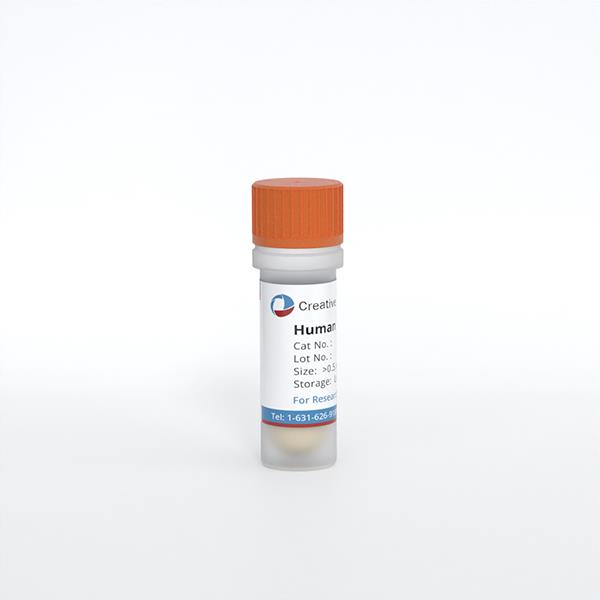Featured Products
Hot Products
ONLINE INQUIRY

- Specification
- Q & A
- Customer Review
Cat.No.
CSC-C1578
Description
The urothelial cells, the cells lining the surface of the urinary bladder, are comprised of a unique cell type with high plasticity and a variety of cell functions. They are the first line of bladder defense and serve as an interface between pathogens that is equipped with several defense mechanisms to prevent adherence of pathogens and maintain impermeability to urinary solutes. The urothelial cells express both estrogen receptor-alpha and beta, epidermal growth factor receptor and fibroblast growth factor receptor; these receptors play a major role on urothelial cell response to injury and infection. They also release a number of cytokines and other immune system mediators and this newly recognized immunoregulatory potential of the urothelial cell warrants further investigation through the application of two recent developments: 1) the ability to culture normal urothelial cells in the laboratory and 2) the understanding of how immunoregulatory communications are generated for the biological functions of urothelial cells through signal transduction pathways.
HUC are isolated from the human bladder. HUC are cryopreserved at passage one and delivered frozen. Each vial contains >5 x 10^5 cells in 1 ml volume. HUC are characterized by immunofluorescent method with antibodies to cytokeratin-18, -19 and vimentin. HUC are negative for HIV-1, HBV, HCV, mycoplasma, bacteria, yeast and fungi. HUC are guaranteed to further expand for 15 population doublings in the condition provided by Creative Bioarray.
HUC are isolated from the human bladder. HUC are cryopreserved at passage one and delivered frozen. Each vial contains >5 x 10^5 cells in 1 ml volume. HUC are characterized by immunofluorescent method with antibodies to cytokeratin-18, -19 and vimentin. HUC are negative for HIV-1, HBV, HCV, mycoplasma, bacteria, yeast and fungi. HUC are guaranteed to further expand for 15 population doublings in the condition provided by Creative Bioarray.
Species
Human
Source
Bladder
Recommended Medium
It is recommended to use Urothelial Cell Medium for the culturing of HUC in vitro.
Disease
Normal
Storage and Shipping
ship in dry ice; store in liquid nitrogen
Citation Guidance
If you use this products in your scientific publication, it should be cited in the publication as: Creative Bioarray cat no. If your paper has been published, please click here to submit the PubMed ID of your paper to get a coupon.
Ask a Question
Write your own review

